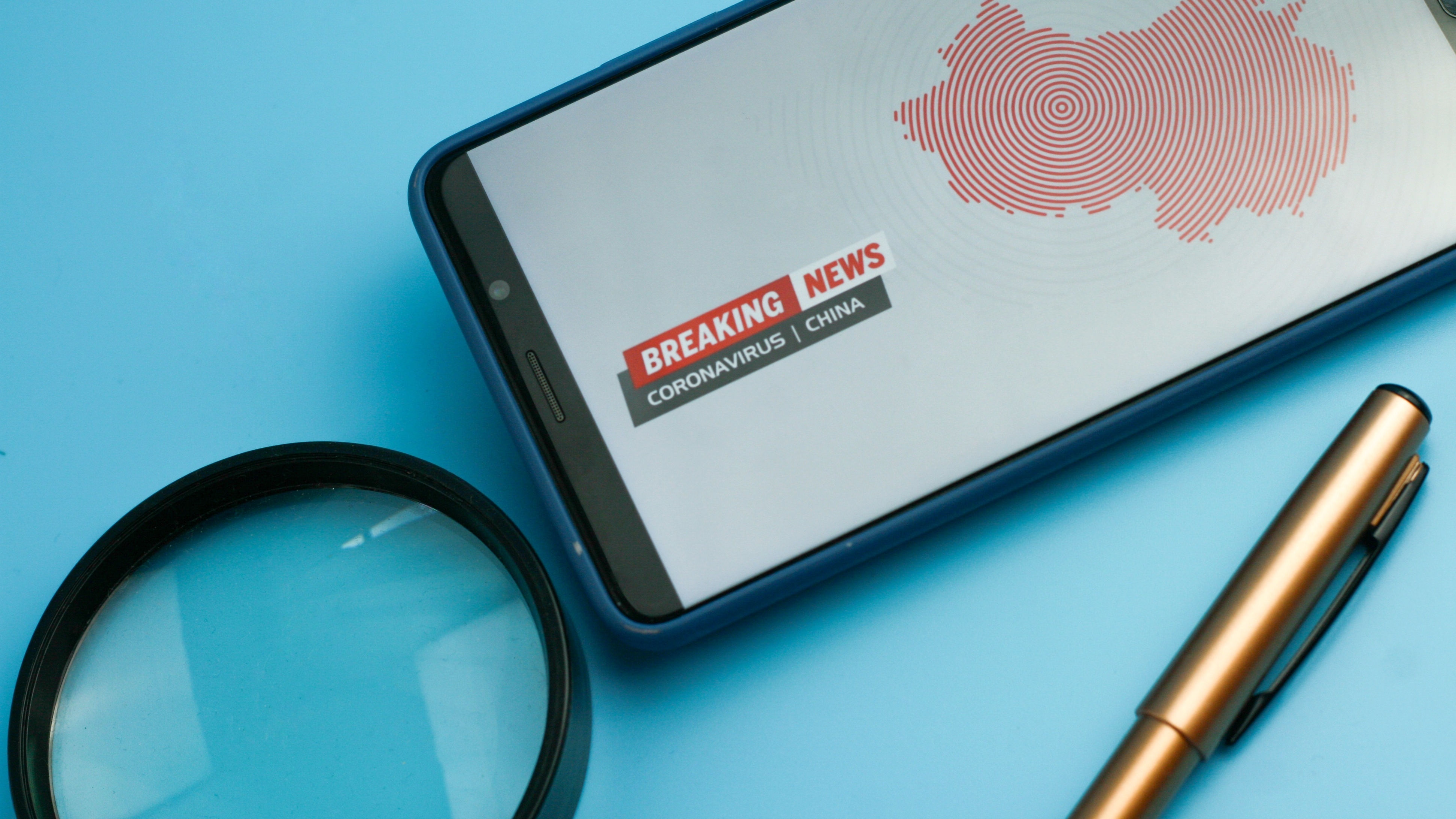Trust in Supply Chain Relationships: What Does It Mean to Trust? – Part I
One of the most misunderstood and ripe areas for research in the area of supply chain relationships is in the area of trust. Trust (and its cousin, Collaboration) seems to be the single most discussed element in making supply chains function effectively and efficiently. One academic noted that:
“In both serious social thought and everyday discourse, it is assumed that the meaning of trust and of its many apparent synonyms is so well known that it can be left undefined or to contextual implications.” Barber (1983:7) Hosmer (op cit 380)
This observation is corroborated by the evolution of trust in the fields of industrial economics, organizational behavior, marketing, and organizational theory. Of all the elements critical to managing supply chains, trust is one of the most commonly cited elements, yet one of the most difficult to measure.
A comparison of the various definitions of trust across research disciplines shows that trust can be grouped into six conceptual paradigms shown in the table below.
1. Reliability – Time and experience are critical elements in evaluating trust (Rossiter and Pearch 1975, Deutsch 1958, Rotter 1967, Gambetta 1988, Fairholm 1994, Lorenz 1988, Zucker 1995, Lewis 1990, Gulati 1995, Good 1988)
2. Competence – Experience and wisdom displayed by partner (Ghoshal and Bartlett 1994, Luhmann 1988, Butler 1991)
3A. Goodwill (openness) – Confidence you can share information or problems with the other party (Pennings and Woiceshyn 1987, Granovetter 1985, Johnson Georges & Swap 1982, Ring and Van de Ven 1994)
3B. Goodwill (benevolence) – Accepted duty to protect the rights of your partner (Farris et al.. 1973, Hart et al.. 1986, Mayer et al… 1995, Barber 1983, Rempel & Holmes 1986, Butler 1991, Hosmer 1995)
4. Vulnerability – Being unprotected or exposed while including an element of uncertainty or risk (Deutsch 1958, Akerlof 1970, Barney & Hansen 1994, Klein, Crawford & Alchian 1978, Zand 1972, Holmstrom 1979, Sabel 1993, Lorenz 1988, Gambetta 1988)
5. Loyalty – A partner is not just reliable but performs well in extraordinary situations ( Rempel & Holmes 1986, Larson 1990, Friedland 1990)
6. Multiple Forms of Trust – There are more than one type of trust (McAllister 1993, Mishra 1996, Gabarro 1979, Bromiley & Cummings 1996, Rempel & Holmes 1986, Ghoshal & Bartlett 1995)
In paradigm one, authors posit that trust is a cognitive predictability or reliability of another party. The second paradigm addresses the competence of a party as a component of trust. In the third paradigm, a recognition of trust as an altruistic faith or goodwill felt toward another party is proposed. The fourth paradigm relates the concept of vulnerability to trust. Paradigm number five specifies that loyalty-based trust exists when a partner consistently goes beyond the call of duty. The sixth conceptual paradigm realizes that multiple components of trust exist, which are defined by cognitive (reliability or task) trust and affective (altruistic) faith trust. Through this three-part series, we will identify and discuss each of these representative paradigms that are drawn from the marketing, organization theory, sourcing, and organization behavior literature streams.
Reliability
Reliability can be broken down into several elements. Reliability is dependent on prior contact with a party or experience. Repeated interaction and time leads to levels of confidence, consistency and finally trust. Reliability then leads to predictability which is confidence in future actions. While reliability is important, what motivates reliability is often more important. Reliability must be based on integrity or honesty to be effective. Reliability based coercion or stress eventually creates a suboptimal relationship or total breakdown.
A series of definitions define trust in terms of a firm or person’s reliability or expectation of performance. Deutsch (1958) created one of the first definitions of trust which accepted the extreme position that for trust to be present, expected loss must be greater than expected gain. Authors after Deutsch extended trust as an expectation to include situations where expected gain are greater than loss. Reliability can often be confused with predictability. Reliability primarily addresses a party’s past behavior while predictability actually takes past behavior and other information to address probabilities of future performance. Reliability and predictability are closely related terms and definitions addressing either term fall into this body of theory. Firms or people who meet a threshold level of predictability can by definition be trusted. This paradigm is best described by the following definition:
Trust is a range of observable behaviors and a cognitive state that encompasses predictability (Rossiter and Pearch 1975).
What this means in simple terms is that trust is not something that occurs overnight, but is built up over time through repeated interactions and acts of good faith. For example, a long-term customer relationship may be based on a continuous discussion of problems that occur and are resolved over time. I recall at a meeting between a senior VP of purchasing and a senior VP of marketing from two companies with a ten year history of a solid business relationship. The VP of marketing noted that the reason the relationship worked, is that “Whenever there was a problem or conflict, I was able to march over to his office, shut the door, lay it out on the table, and work it out! Sometimes it took a few hours, but when I came out, we both
felt better about the situation.”
- Categories:


